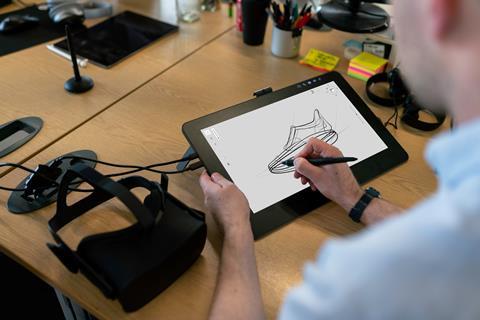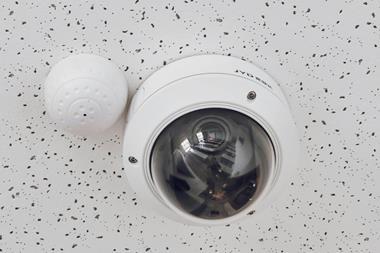
Digital technology continues to change the face of commerce, from working patterns to the way colleagues communicate. Now we can add physical product design and prototyping to the list of business transformations.
From the design side, artificial intelligence (AI) is being integrated into the design process. In prototyping, the creation and sharing of digital prototypes is becoming ever more prevalent. The technologies behind the prototyping revolution may be unfamiliar to many – Oculus Quest Pro, HoloLens, Magic Leap and Unreal Engine, to name just a few – but the business benefits are already apparent.
The product design feedback loop is being shortened and the speed to market accelerated, all with cost savings built in.
Designing the future
Until now, product design has often been a protracted, at times painful, process. Physical prototypes have always been created and that has been true across the product spectrum, from a new pair of trainers to a design pattern on kitchen roll.
Companies such as Clinique and Johnson & Johnson (packaging), Nike (product design) and Unilever’s Hourglass Cosmetics (ingredients) have started using AI to generate new designs. This is centred around teaching the AI how to create new ideas based on a dataset of previous designs and reference points.
The use of AI is still very much at the forefront of the inventions being worked on. One of the most exciting uses of the system is a revolution in stakeholder sentiment analysis. By this, we mean AI will soon be able to instantly ‘score’ prototypes based solely on data already collected on previous products and designs.
This will shorten and scale up the process of securing product design feedback from both internal and external consumer audiences. It can become a tool for instantly obtaining an indication of consumer sentiment without having to spin up a customer focus group, which takes time and adds cost (although, of course, there will be room for both).
Digital sharing
In the traditional workflow, after the physical prototype is produced, it needs to be shipped. At global packaged goods corporations – including Nike, where we have developed both HoloLens and web-based solutions – items need to be transported around the world to a wide range of stakeholders to gather points of view. Shipping sensitive IP that can be intercepted is nerve-wracking, and getting items through customs is often arduous. The cost to both the bottom line and the planet are considerable, not to mention the time required.
Virtual and mixed reality headsets enable internal stakeholders to try new designs virtually, eliminating the need for physical prototyping. These platforms allow the wearer to see and interact with virtual objects, and to see physical objects next to virtual ones.
While traditional processes have served the industry well, there is no doubt digital technology is changing the face of prototyping and product development. A cut to costs, lead times and waste, as well as allowing a broader number of stakeholders to be involved alongside rapid product iterations, is a no-brainer. All of these benefits mean early adopters of digital prototyping really will be on a roll.



















No comments yet